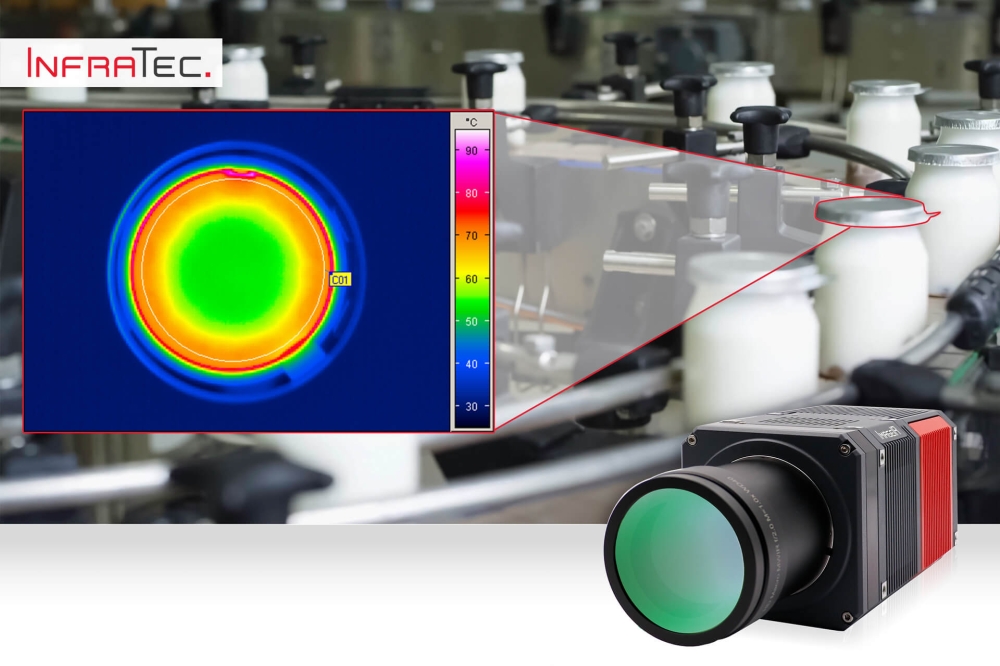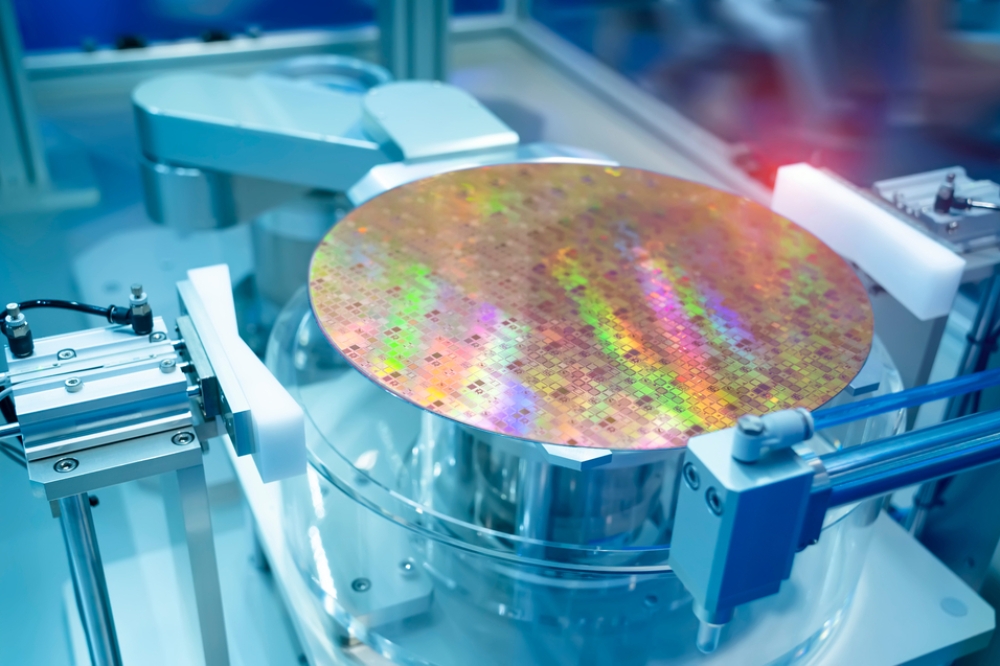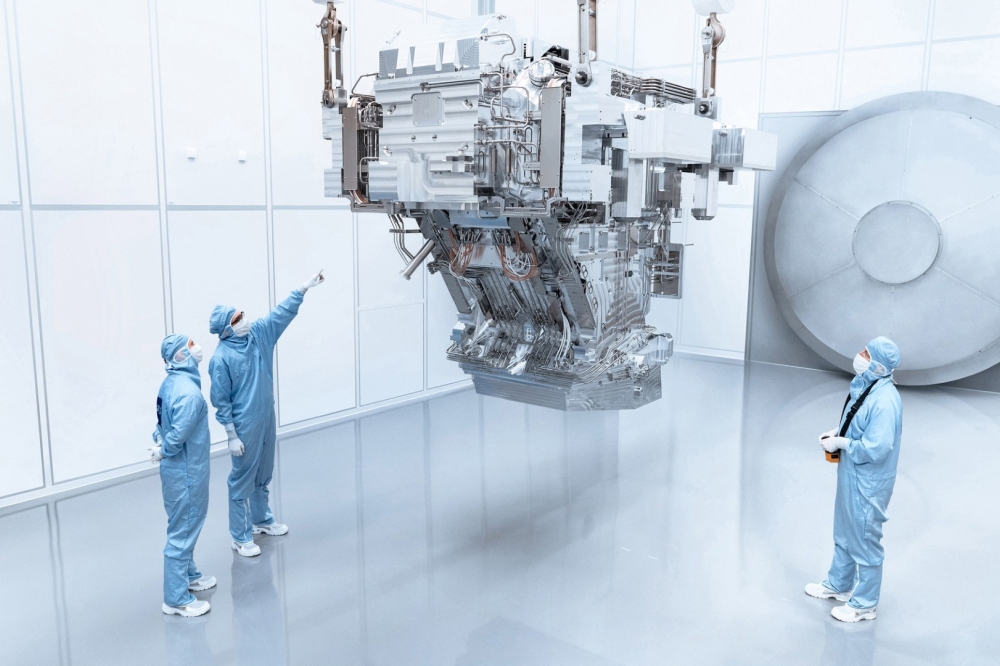White light MEMS measuring
Guaging MEMS under operational conditions, Dr. Carol Daniel of Lambda Photometrics explores the concepts behind Scanning White Light Interferometry for the measurement of MEMS under static and dynamic operating conditions.
As MEMS manufacturing matures so does the ancillary systems that support the manufacturing. One area is metrology. In this article Dr. Carol Daniel of Lambda Photometrics discusses the growing body of knowledge suggesting the scanning white light interferometry is presenting as a perfect candidate to enhance MEMS manufacturing
This article introduces some of the concepts behind Scanning White Light Interferometry (SWLI) for the measurement of Micro-Electro Mechanical Structures (MEMS) under static and dynamic operating conditions. SWLI has created a revolution in surface measurement and has been facilitated by advances in precision mechanics, camera and computer technology, which now makes it possible to rapidly acquire, process and analyze interference patterns across thousands of image pixels. This has enabled the non-contact surface profiling of complex 3D structures such as MEMS devices and allows the rapid measurement of smooth and rough surfaces, large step heights, multiple surfaces and thick films to sub-nanometer vertical resolution all within a single metrology platform.
![]()
An extended white light illuminator often an LED (Light Emitting Diode) provides the source of incoherent light for the instrument. The light is collimated and reflected down into the microscope objective, which is mounted on a PZT (Piezoelectric Translator) and allows the objective lens to be translated vertically by typically 150 microns.
![]()
The objective in this case is a Mirau that incorporates a beam splitter and reference mirror. The light from the LED is split in the objective so that part of the light is passed to the reference mirror and reflected back up the microscope towards the camera and the remaining light is focussed onto the surface of the sample to be imaged and the reflected light from the sample surface is also passed back up the microscope to be detected by the camera, which is typically a CCD electronic imaging device.
If the sample surface is brought into focus by vertically translating the objective such that the distance the light has travelled from the beam splitter to the surface and back matches the distance from the beam splitter to the reference mirror and back an intensity interference pattern will be imaged by the camera. The incoherent LED light source has a coherence length of only several microns so that interference fringes only occur at a particular focal distance from the sample when the path length difference is zero or close to zero. If only a single point on the surface of the sample is considered and imaged onto a pixel of the camera then as the objective is translated vertically and linearly over a fixed range through the point of zero path difference an interference intensity signal is detected by the camera. Clearly the maximum intensity signal variation occurs when the optical path difference from the sample and reference mirror is zero and it is this position that defines the vertical position of the surface point on the sample.
![]()
By measuring every point on the surface with the imaging camera as the objective is translated vertically it is then possible to process the data and accurately determine the relative vertical position of every point on the sample imaged by the objective and thus obtain a very accurate surface profile.
Using this basic technique the instrument is capable of measuring the form, roughness, and step height of surfaces as well as measuring multiple surfaces and films and can scan larger areas than the field of view of the objective lens by stitching many imaged fields together. It is also possible to then adapt the basic instrument to cope with dynamic measurements where the structure under observation is periodically excited.
![]()
Using a masking technique to define areas manually or a histogram analysis to measure the relative heights of surfaces automatically it is possible to isolate surfaces scanned by the instrument.
A histogram analysis applied to a small scale structure comprising surfaces at three different heights, can be separated and analysed independently.
When a film is present on the sample substrate, as is often the case with many fabricated microstructures, then it is necessary to monitor the light reflected from the top surface and the film/substrate interface. The signal detected as the objective is scanned vertically by the PZT leads to two interference peaks.
![]()
As long as the interference signals can be sufficiently separated (and the refractive index is known or can be approximated) then the film thickness can be measured.
Examples of results obtained from such measurements are shown on the previous page, anticlockwise from top left to bottom right, showing the profile of the surface of the film, film thickness and substrate surface.
![]()
By scanning the instrument laterally in a raster pattern and taking multiple images it is possible to “stitch” together a surface profile of a sample far larger than the field of view of the objective as shown in the example of a coin.
![]()
As MEMS development has matured and more sophisticated devices have been created it has become important to characterise and understand the functionality of devices while in motion. By strobing the light source from the SWLI in synchronism with the periodic motion of the device it is possible to freeze the sample motion and allow measurements to be undertaken as if the part were fixed in space.
Dynamic measurement of a MEMS device is useful for both research and development and production quality control. Sweeping of device drive frequencies and illumination phase delays can be used by the researcher to validate design parameters and examine device resonances.
![]()
As a quality check, dynamic measurement mimics the MEMS actual usage for a true functional test. Rapid characterization over the full range of motion and frequencies experienced is possible by a combination of strobe phase delay and frequency sweep.
The figure above left shows an example of a micro-fabricated cantilever that has been excited at a range of resonant frequencies.
Recent results by the University of Newcastle have been successful in characterising a new type of biosensor the MEMSens.
Some examples of the membrane structure are shown as it is passed through a sequence of tests following manufacture and the method employed for printing antibodies to functionalise the device.
This article demonstrates how a SWLI can form a platform for a comprehensive range of measurements to characterise MEMS devices in both static and dynamic mode for both R&D and production.
A number of sample MEMS structures have been shown to illustrate the breadth of potential for SWLI metrology.






























